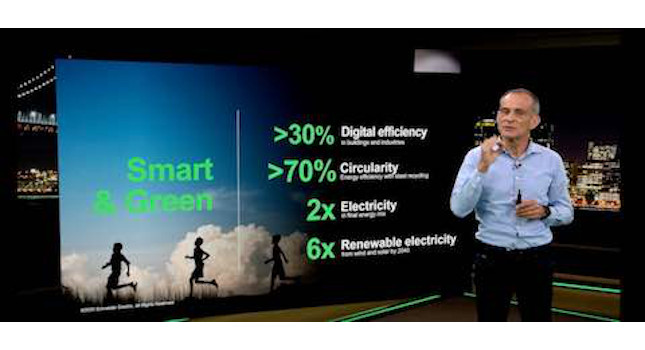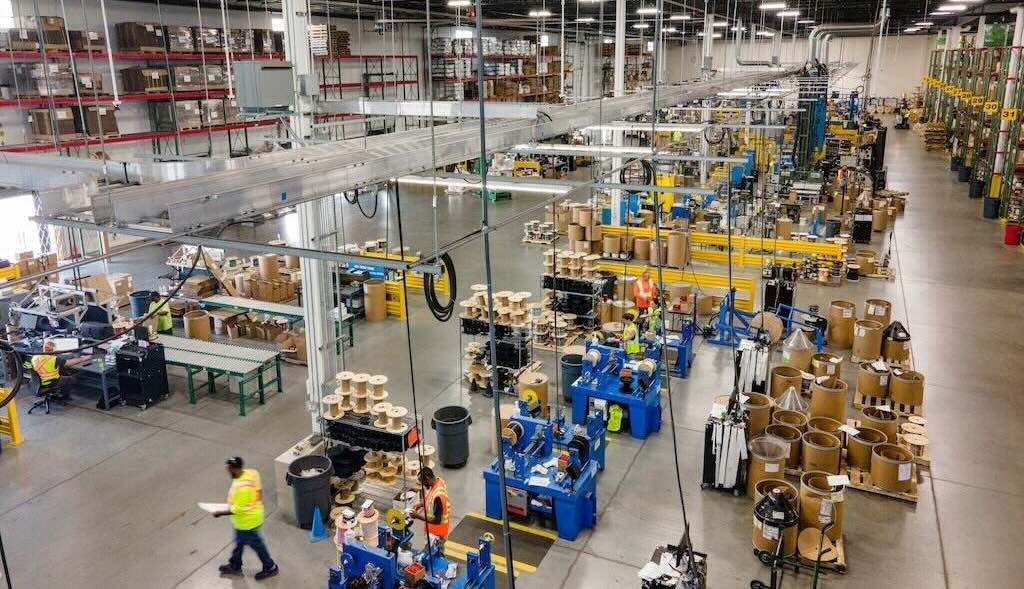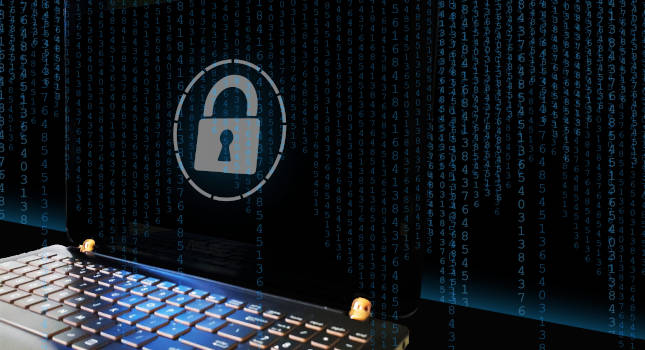Manufacturing's resilience has been strong during the COVID-19 pandemic, and cybersecurity needs to be stronger than ever as the nature of work changes.

It is becoming more important to talk about the booming levels of digitalization occurring in the manufacturing automation sector, and rightly so, the increased connectivity and the hike in efficiencies continue to grow at a huge rate.
When talking about those increased levels of connectivity, however, what often is understood and never talked about out loud is how cybersecurity needs to be the backbone of the entire endeavor. Part of that sense of assurance comes from the construction of the resilient nature of the manufacturing enterprise, which has truly come to light in the COVID-19 era.
“Think about the critical networks of our cities, the water networks, the electrical networks, think about the core chains of food, of pharmaceuticals, we were there to support the reliability and the continuity of service of those processes,” said Jean-Pascal Tricoire, chairman and chief executive of Schneider Electric during the Schneider Electric virtual Innovation Summit North America 2020. “And the one thing we have learned is that resilience comes from the automation of processes that can keep going locally without human intervention and that comes from digital monitoring of installations. If your installation is plugged in and if it’s under monitoring of analytics, of AI, then you are in a much better position to understand what is going on and prevent any breakdown. What we have learned also is that one is as resilient as the weakest point in their processes. Resilience is the sum of resiliency and actually is a multiplication of the resilience of the grid, of the power system, of the building system, of the IT system and of the process.”
Remote collaboration and cybersecurity
As we are adapting to this work from home environment, digitalization is growing by leaps and bounds and it is making it possible to collaborate remotely to increase agility and ensure operations continue to move forward.
Digital really started 30 years ago when the internet started to take off and it dramatically changed the way we live and work together, Tricoire said. We are now in the second phase of the digital revolution which is the Internet of Things (IoT) connecting us to machines and connecting machines to machines. On top of that, Big Data and artificial intelligence are also major innovations helping move the industry forward.
Another disruption, Tricoire said, is the world will become massively more electric. But it will be a different kind of electric.
“It is not the same electricity; it is about solar energy, decentralized microgrids, net-zero buildings, and electric vehicles,” he said. “By combining those two disruptions, the future will be smart and green.”
To reach that level of sustainability, the industry has to grasp four elements to achieve a stronger environment.
Leveraging digital efficiency
“We get there by massively leveraging digital efficiency; digital technology to reach a much better efficiency in every building and every city and every manufacturing facility,” Tricoire said. “As digital brings levels of efficiency to a much lower cost point, then we can increase the rate of retrofit in existing installations. The problem is with the existing stock of buildings and manufacturing facilities, we need to digitize the existing installations to make sure everything we do is much more efficient.”
The second element of the equation is circularity, he said. We have to develop a more circular economy, so we save on resources. The third point is everything will be massively more electrical, Tricoire said. In the next 20 years there will be a much larger investment in electricity. The final point, he added, is the electricity will not be the same, it will be green electricity.
“We are facing many crises at the moment,” Tricoire said. “Everybody is talking about COVID-19 and a recession and we are losing site that we are facing climate change. Climate change remains one of the big problems of our generation. We are the first generation to know about climate change, but we may be the last generation to be able to change the course of climate change because this phenomenon is accelerating and needs us to change the trajectory.”
If it isn’t already, digitalization will soon be the way of the world. The catch is it has to be secure and the companies that take advantage of the efficiencies and advantages will be able to achieve great dividends.
Gregory Hale is the editor and founder of Industrial Safety and Security Source (ISSSource.com), a CFE Media content partner. This article originally appeared on ISSSource’s website. Edited by Chris Vavra, associate editor, Control Engineering, CFE Media and Technology, [email protected].
MORE INNOVATIONS
Keywords: digitalization, cybersecurity, COVID-19
Manufacturing has been resilient and strong during the COVID-19 pandemic.
Cybersecurity is an important, but not always talked about, aspect of manufacturing’s resiliency.
Digitalization is a transformative – and disruptive – part of how manufacturing is changing for the better.
CONSIDER THIS
What steps are you taking to prepare for manufacturing’s future?



